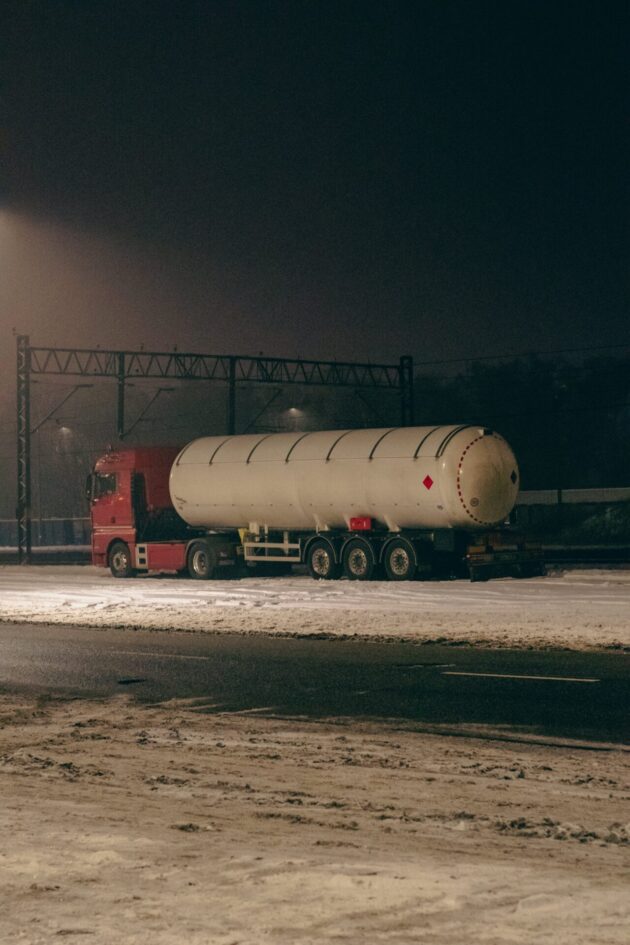Date:
February 16, 2024
Categories:
Company, Industry News, Placards, Products, Sustainibility,
What is actually meant by "ADR"?
The ADR Agreement is the „Agreement concerning the International Carriage of Dangerous Goods by Road“ and was concluded in Geneva on September 30, 1957 under the guidance of the UNECE (United Nations Economic Commission for Europe). In Germany, it was enacted on January 29, 1968, and was known until 2020 as the „European Agreement concerning the International Carriage of Dangerous Goods by Road.“
TODAY
Since 2021 it has been known as the „Agreement concerning the International Carriage of Dangerous Goods by Road“. The agreement contains special regulations for road transport with regard to packaging, load securing and labeling of dangerous goods. France and Germany were initially signatories. However, all EU states are now also considered ADR signatories, as it was made legally valid by an EU regulation.
ADR member states
Albania, Andorra, Armenia, Austria, Azerbaijan, Belarus, Belgium, Bosnia and Herzegovina, Bulgaria, Croatia, Denmark, Estonia, Finland, France, Georgia, Germany, Greece, Iceland, Ireland, Italy, Kazakhstan, Latvia, Liechtenstein, Lithuania, Luxembourg, Malta, Morocco, North Macedonia, Montenegro, Netherlands, Nigeria, Norway, Austria, Poland, Portugal, Republic of Moldova, Romania, Russian Federation, San Marino, Sweden, Switzerland, Serbia, Slovak Republic, Slovenia, Spain, Tajikistan, Turkey, Tunisia, Czech Republic, Uganda, Ukraine, Hungary, Uzbekistan, United Kingdom and Cyprus.
The last country to join the agreement was Uganda on August 23, 2022.
Changes
On May 13, 2019, the assembly of ADR countries proposed a change to the official name, omitting the „European“, because non-European countries should also be able to join. The ADR has long been valid both geographically and politically beyond the European area. International road transport regulations were to be further standardized.
On November 30, 2019, the name change was decided with effect from January 1, 2021.
Regular updates
The development of the ADR is assured, because every two years the ADR is adapted to the latest technical and legal findings and republished.
However, these revisions not only affect terminology and labeling, UN numbers and packaging instructions, but now also the transport of lithium-ion batteries and accumulators. These have been applicable since July 1, 2021 at the latest.
With its regulations and provisions, the agreement is considered the most important set of rules for the transportation of dangerous goods on international transport routes.
Structure
Annex A Regulations on dangerous substances and articles
Part 1 General regulations
Part 2 Classification: Class of dangerous goods (ADR classes)
Part 3 List of dangerous goods, special provisions and exemptions in connection with the transport of dangerous goods packed in limited quantities
Part 4 Use of packagings, intermediate bulk containers (IBCs), large packagings and tanks
Part 5 Provisions for shipment
Part 6 Construction and testing requirements for packagings, IBCs, large packagings and tanks
Part 7 Regulations for transportation, loading, unloading and handling
Annex B Requirements for the transport equipment and the performance of the carriage
Part 8 Requirements for vehicle crews, equipment, vehicle operation and documentation
Part 9 Regulations for the construction and approval of vehicles
THE DEVELOPMENT
The forerunner of today’s ADR is the handling of transportation by rail. And a regulation had already been found for the transportation of compressed gases and flammable liquids in commercial law. However, this was rather slow for all road transport. The issue of tankers posed yet another hurdle, as these are expensive and durable assets. Initially, separate regulations had to be developed rather than short-term regulations.
REGULATION FINALLY IN SIGHT?
An agreement was initially reached in 1968. However, the directives did not come into force for the time being as they wanted to wait for the Europe-wide negotiations. In the end, this took a total of around 6 years until it came into force for international transport on January 1, 1970. Because many questions still had to be clarified, a transitional regulation was initially introduced in Germany on July 23, 1970, the so-called Damage Protection Ordinance.
On September 1 of the same year, the ADR for international transport finally came into force for domestic transport in the Federal Republic of Germany.
So-called „listed goods“ were also introduced for which there was a permit requirement and conditions. One of these is the ban on transportation in dangerous weather conditions and poor road conditions, such as fog, snow, black ice and obstructed visibility. In addition, there is an obligation to report the release of hazardous substances that endanger the environment. Environmental protection also became increasingly important from the beginning of the 1970s.
Your contact person
Contact us today if you are interested or have any questions about our products.
We are at your disposal.





